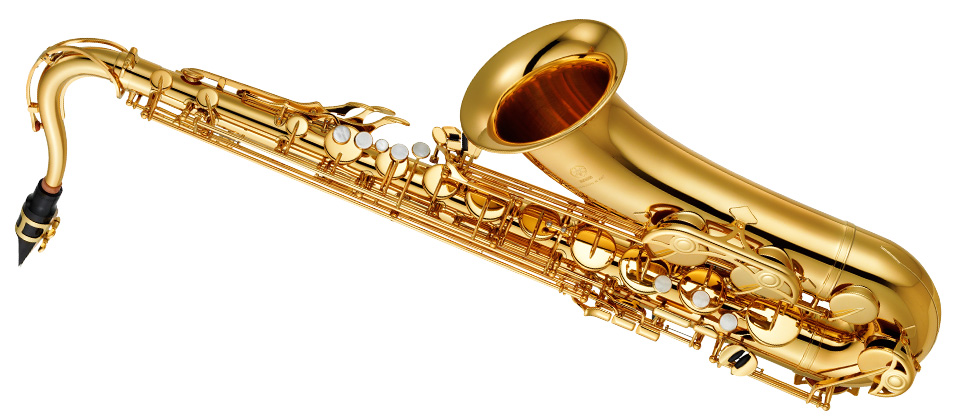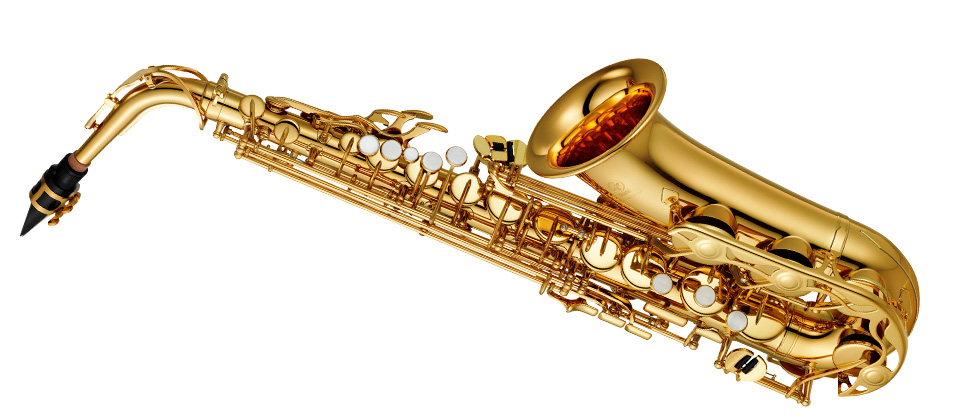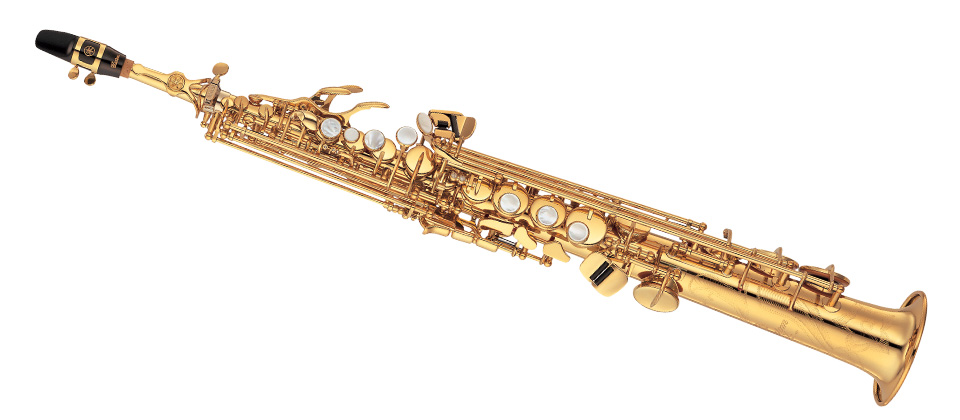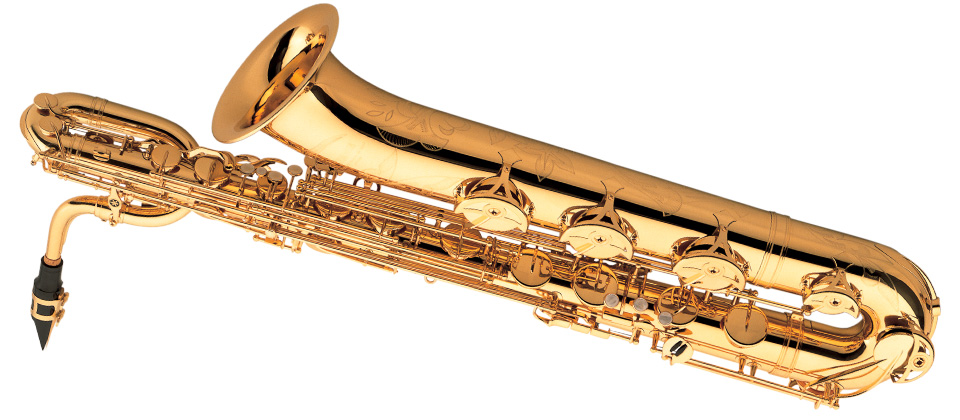Which type of Saxophone is best?
26th August 2021In this blog we check out which is the best type of Saxophone. We take a look at the main four members of the Saxophone family, alongside some of the speciality instruments. We also discuss which might be most suitable for you…

What are the Main Four Types of Saxophone?
Although there are up-to 9 members of the Saxophone family, the most common are the 4 models of Alto, Tenor, Soprano & Baritone. These have come to the fore for a variety of reasons including playability, the pitch and the manufacturing requirements. All Saxophones are generally made of brass which helps them create a unique sound. Despite being made of brass they are still woodwind instruments because they use a single reed to produce the tone.
In terms of which Saxophone is best, it depends on your goals, experience and budget. Let’s take a look in more detail at the main 4 (in order of popularity) and some of their features.
1. Alto Sax
The Alto Saxophone is the #1 type in terms of worldwide sales. It has become very popular due to the size and versatility of tone. The Alto is used in all types of musical scenarios, from jazz to classical. It has a higher ‘voice’ compared to the Tenor, but is not as high pitched as the Soprano.
Due to its size, the Alto is the most common beginners instrument, and our top-selling Saxophone is the Yamaha YAS-280 beginners model. Anybody from age 7 or 8 can handle an Alto Sax and they are lighter than the Tenor Sax. Some would say they are the easiest to play but in our experience Alto & Tenor are both as easy to blow, it’s simply that the Alto is lighter. If you want to get started perhaps think about hiring an Alto Sax for a few months to see how you go.
Famous Alto Sax players of years gone by include Charlie Parker (the most famous Jazz Alto Saxophonist) & Eugene Rousseau (American Classical Saxophonist). Modern day players often perform in a variety of styles such as pop, funk, jazz and r&b, as soloists or in larger ensembles.

2. Tenor Sax
The Tenor Sax is pitched in Bb and is longer and slightly heavier than the Alto. Due to its size it has a deeper and richer tone. Historically this has meant the Tenor is very popular in classic swing & jazz ensembles or as a soloist voice. Due to the size it is not suitable for very young beginners, BUT it’s perfectly normal for an adult to start out on Tenor Sax, there is no need to start on Alto first. The Tenor uses a larger mouthpiece and reed than the Alto, but in our opinion it doesn’t really require any extra in terms of air supply, it’s about the technique not the quantity of air.
There have been a number of very famous jazz saxophonists who favour the Tenor Sax due to the character of it’s tone and ‘voice’. Players such as Ben Webster, Coleman Hawkins and John Coltrane helped create the classic cool jazz sound of the 30’s, 40’s and beyond. The Tenor Sax is not restricted just to jazz, it is widely used in pop, rock, funk and even classical music. For example the Tenor is featured in Sergei Prokofiev’s famous Romeo & Juliet Suite.
Arguably the most legendary manufacturer of Saxophones is Selmer Paris, they make a range of Tenor Saxes which are of the highest build and tone quality. Experienced players seek out the best made Saxophones to give their music their own personal voice.

3. Soprano Sax
The Soprano Sax is the highest pitched of the ‘main 4’ Saxophones. There are in fact a number of smaller (and thus higher) Saxophones in production including the Sopranino & Soprillo but these are quite rare. The smaller size of the Soprano, compared to Alto, makes it slightly more demanding to play. Not in a physical sense of weight, but because the smaller the internal design gets, the more challenging it is to make the Saxophone play nicely in tune and with a good quality tone.
Just like the other main members of the Saxophone family, the Soprano is widely used across a variety of musical scenarios. In the 1980’s and 1990’s you would often hear the Soprano on pop music records such as Branford Marsalis playing his Soprano Sax on ‘Englishman in New York’ by Sting. Other famous modern pop Sax players who use Soprano include Snake Davies who played Saxophone for the UK pop group M People.
The Soprano Sax is available in a straight design – sometimes with detachable neck, or in a curved design. They have slightly different tonal qualities but play all the same notes. It’s a players personal preference as to which they prefer. Occasionally some very young children start on the Curved Soprano because it’s smaller than the Alto Sax, but this is not very common – most wait and start on the Alto when ready.

4. Baritone Sax
The Bari Sax is the largest and lowest sounding of the ‘main 4’ Saxophones. It also costs more generally than any of the others. This is due to the size of the instrument and the challenges that creates in the production process. They are also less common than Alto, Tenor or Soprano and thus the price of production remains a little higher.
Arguably the Bari Sax is the most fun to play, although it’s not an instrument you would generally start on. Most players after starting on Alto or Tenor Sax choose to add the Baritone to their repertoire because they like the sound and feel of it. In an ensemble situation the Baritone plays the low notes, often keeping the beat going with the rhythm section. It can of course be used as a solo instrument but this is less common.
Famous Baritone Saxophone players of modern and past eras include; Gerry Mulligan, Harry Carney, Joe Temperley and Leo Pellegrino (also known as Leo P) who has burst onto the scene via his energetic YouTube performances. Leo P uses a Yamaha Baritone Sax but all the main Saxophone manufacturers make at least one Baritone Sax to choose from.

The Rest of the Saxophone Family
There are a number of ‘extra’ types of Saxophone outside our main 4 above. However, it’s fairly rare to see/hear these instruments outside of specialist ensembles and performances. In order of size, and thus pitch we’ve listed these extra instruments below:
- Soprillo Sax
- Sopranino Sax
- Bass Sax
- Contrabass Sax
- Sub-Contrabass Sax